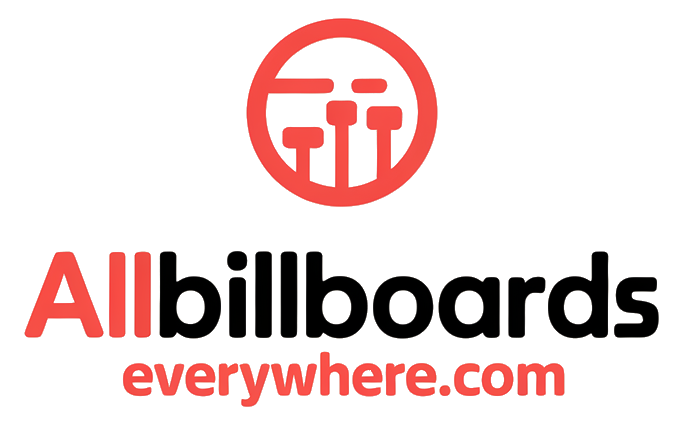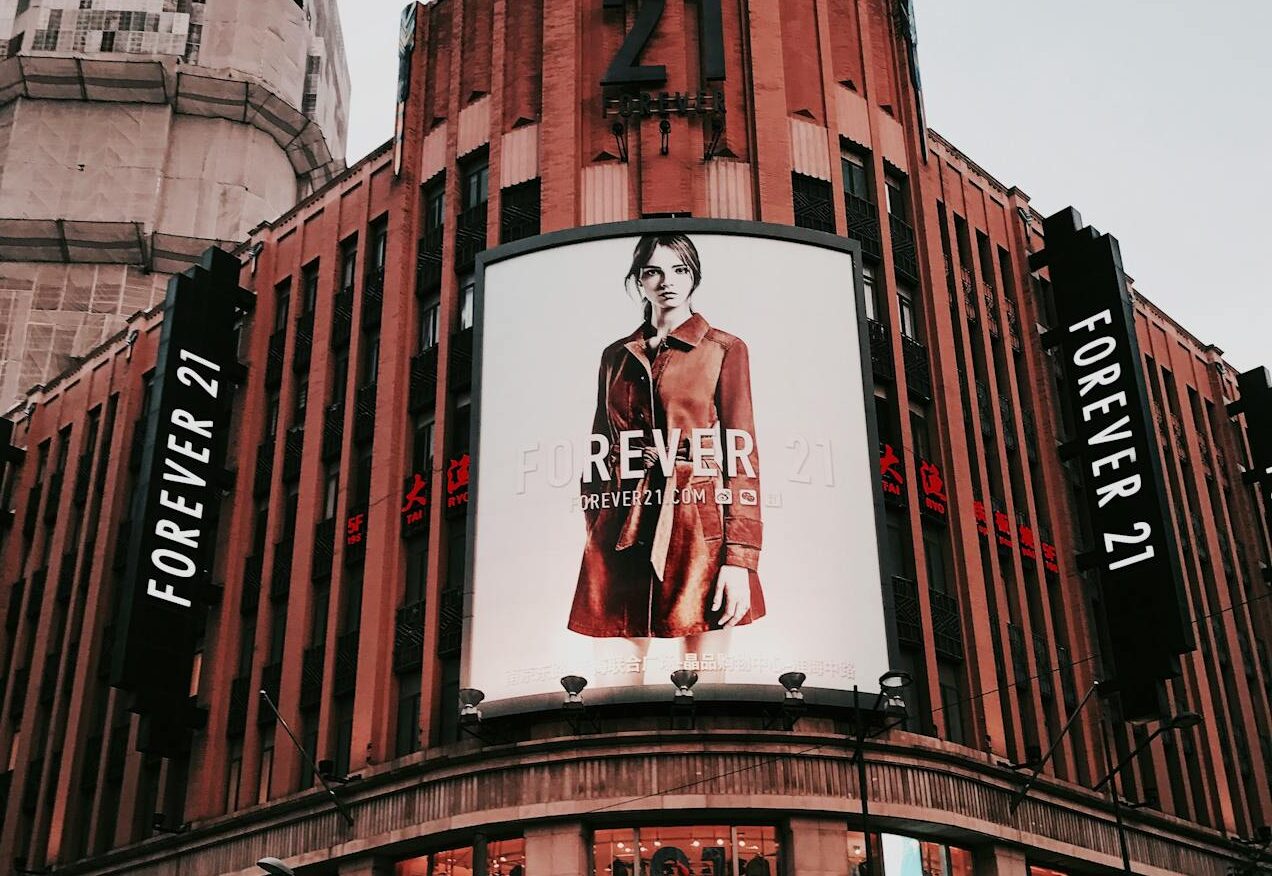In today’s fast-paced world, capturing someone’s attention isn’t just a challenge—it’s a race against time. Nowhere is that more evident than in the world of billboard advertising. As drivers speed past on highways or glance up during a morning commute, billboards have just a few fleeting seconds to make an impression. But the most effective billboard ads don’t rely on luck; they’re rooted deeply in psychology.
So, what’s the secret sauce that makes some billboards unforgettable while others fade into the background? Let’s dive into the psychology behind effective billboard advertising and how it leverages the human brain’s natural responses to grab and hold attention.
1. First Impressions Happen in Milliseconds
The human brain is wired to make snap judgments. According to studies in cognitive neuroscience, we form impressions in just a fraction of a second—sometimes as quickly as 50 milliseconds. This means that billboard designs must communicate their message instantly, without requiring too much mental processing.
Effective billboards embrace simplicity. They avoid clutter and focus on a single, clear message. A clean design with bold visuals allows the brain to recognize and process the message quickly, often without the viewer even realizing it. In essence, the best billboards speak fluently in the language of first impressions.
2. Visual Dominance: Show, Don’t Tell
The human brain processes visuals 60,000 times faster than text. That’s why striking imagery is the heart of effective billboard design. A picture of a juicy burger from a fast-food chain can do more to trigger hunger than a paragraph describing it.
Color psychology also plays a role here. Bright, contrasting colors draw the eye and evoke emotional responses. Red can convey urgency or appetite, blue builds trust, and yellow grabs attention with its cheerfulness. Combining these with a simple, emotionally resonant image can make a billboard both eye-catching and memorable.
3. The Power of Emotion and Storytelling
People don’t remember facts—they remember feelings. An effective billboard often taps into emotions such as humor, nostalgia, desire, or curiosity. Think about iconic billboards that made you laugh or caused you to do a double-take. These emotional responses forge stronger memory connections, making the ad stick with viewers long after they’ve driven past.
Some billboards also use mini-narratives or suggestive scenes that trigger the viewer’s imagination. Even with limited words, a clever visual can imply a story that viewers subconsciously complete in their minds. This engagement deepens the impact and increases recall.
4. Cognitive Ease: Less Is More
In psychology, “cognitive ease” refers to how easily the brain processes information. The easier something is to understand, the more positively we feel about it. Billboards with too much text or complex graphics demand too much mental effort, which can result in the viewer simply tuning out.
Successful billboards typically follow the “6-word rule”: if the message can’t be read and understood in six words or fewer, it’s too long. Fonts should be large, readable from a distance, and free of unnecessary flair. The key is to make comprehension effortless, allowing the message to sink in during a quick glance.
5. Location and Context Matter
Psychology isn’t just about what’s on the billboard—it’s also about where it’s placed. Context can greatly influence how a message is received. A billboard advertising cold drinks near a hot, congested freeway on a summer day is likely to resonate far more than the same ad placed in a chilly downtown alley.
Additionally, strategically placed billboards can capitalize on timing and environment. Ads for amusement parks work well near family vacation routes, while billboards for legal services might be more effective near courthouses or hospitals. The surroundings help prime the viewer’s mind to be more receptive to the message.
6. Brand Consistency and Repetition
Familiarity breeds trust. Psychologists call this the “mere exposure effect,” where repeated exposure to something leads to increased liking and acceptance. Billboards that consistently reflect a brand’s voice, colors, and messaging contribute to stronger brand recognition over time.
Even if a billboard doesn’t result in immediate action, repeated exposure builds awareness that can influence future decisions. This is why some companies buy multiple boards in a region with the same or similar messaging—they’re building mental real estate.
7. Curiosity: The Unfinished Loop
Another psychological tool is the Zeigarnik Effect, which states that people remember uncompleted or interrupted tasks better than completed ones. Some billboards leverage this by creating an open loop—posing a question, hinting at a mystery, or using incomplete information to spark curiosity.
A billboard that says, “The best kept secret in town…” with a website or QR code pushes the viewer to resolve the unknown. This mental itch increases the likelihood of follow-up, especially when combined with smart placement and timing.
Conclusion: Advertising at the Speed of Thought
At the end of the day, billboard advertising is a test of psychology as much as design. It’s about understanding how people think, what captures their gaze, and what makes something memorable in just a heartbeat. The most effective billboards are those that respect the brain’s need for clarity, simplicity, and emotion—and harness those principles to create messages that endure long after the road bends away.
In a world overloaded with information, billboard advertising remains one of the purest forms of communication: bold, brief, and brilliantly psychological.


